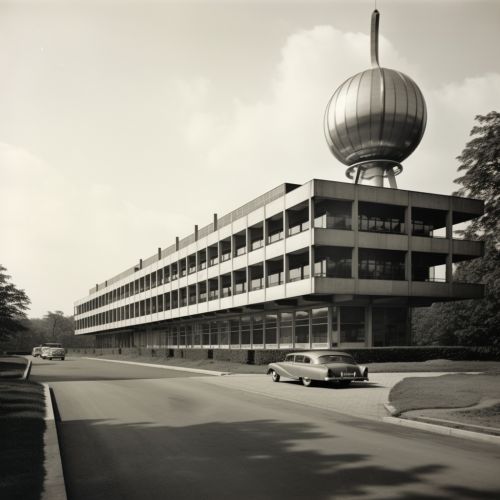AT&T Bell Laboratories
History
AT&T Bell Laboratories, also known as Bell Labs, is a historic industrial research and scientific development company. It was established in 1925 by AT&T and Western Electric Company Inc., as a division of the Bell System. The laboratory was initially located in New York City and later moved to Murray Hill, New Jersey in 1941.


Throughout its history, Bell Labs has been responsible for numerous significant technological advancements and scientific discoveries. It is renowned for its pioneering research in telecommunications and information processing systems, which have greatly influenced the development of modern technology.
Research and Development
Bell Labs' research and development efforts have spanned across a wide array of scientific disciplines, including physics, chemistry, mathematics, computer science, and engineering. The laboratory's work has led to the development of many groundbreaking technologies, such as the transistor, the laser, and the UNIX operating system.
The transistor, invented at Bell Labs in 1947 by John Bardeen, Walter Brattain, and William Shockley, revolutionized the field of electronics and paved the way for the development of almost all modern electronic devices. Similarly, the invention of the laser in 1960 by Theodore Maiman has had far-reaching impacts, with applications ranging from medicine and manufacturing to telecommunications and entertainment.
Contributions to Telecommunications
Bell Labs has played a pivotal role in the evolution of telecommunications technology. The lab's researchers have made significant contributions to the development of telephone systems, radio and television broadcasting, satellite communications, and the internet.
In the realm of telephone technology, Bell Labs developed the first practical long-distance telephone system in the 1930s. This system, known as toll switching, enabled direct-dial long-distance calling, which greatly improved the efficiency and convenience of telephone communications.
Notable Achievements and Awards
The groundbreaking work conducted at Bell Labs has been recognized with numerous awards and honors. The laboratory's researchers have received a total of nine Nobel Prizes for their contributions to science and technology.
Among the most notable of these awards is the 1956 Nobel Prize in Physics, which was awarded to John Bardeen, Walter Brattain, and William Shockley for their invention of the transistor. In 1978, Arno Penzias and Robert Wilson were awarded the Nobel Prize in Physics for their discovery of the cosmic microwave background radiation, a key piece of evidence supporting the Big Bang theory of the universe's origin.
Legacy and Impact
The legacy of Bell Labs extends far beyond its specific inventions and discoveries. The laboratory's model of industrial research and development has had a profound influence on the way scientific research is conducted, both in industry and academia.
Moreover, the technologies developed at Bell Labs have had wide-ranging impacts on society and the economy. The transistor, for example, is a fundamental component of virtually all modern electronic devices, from computers and smartphones to medical equipment and space exploration technology.
